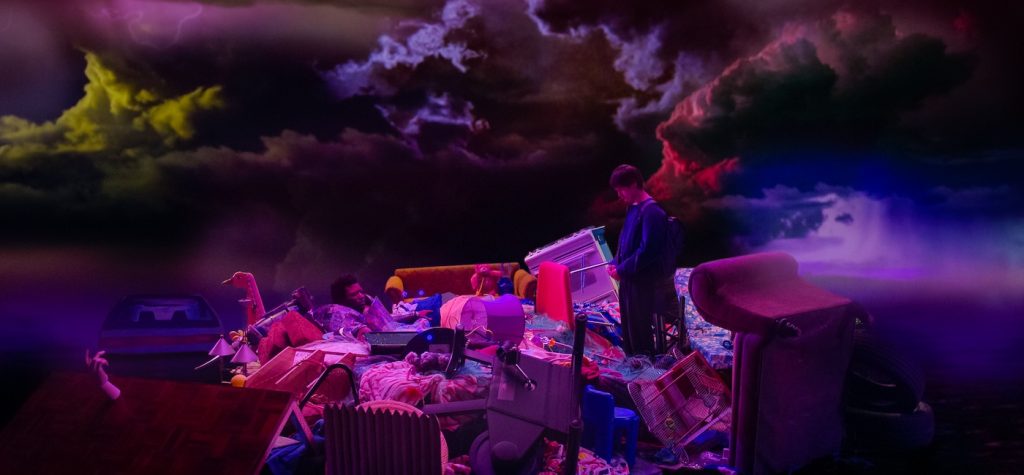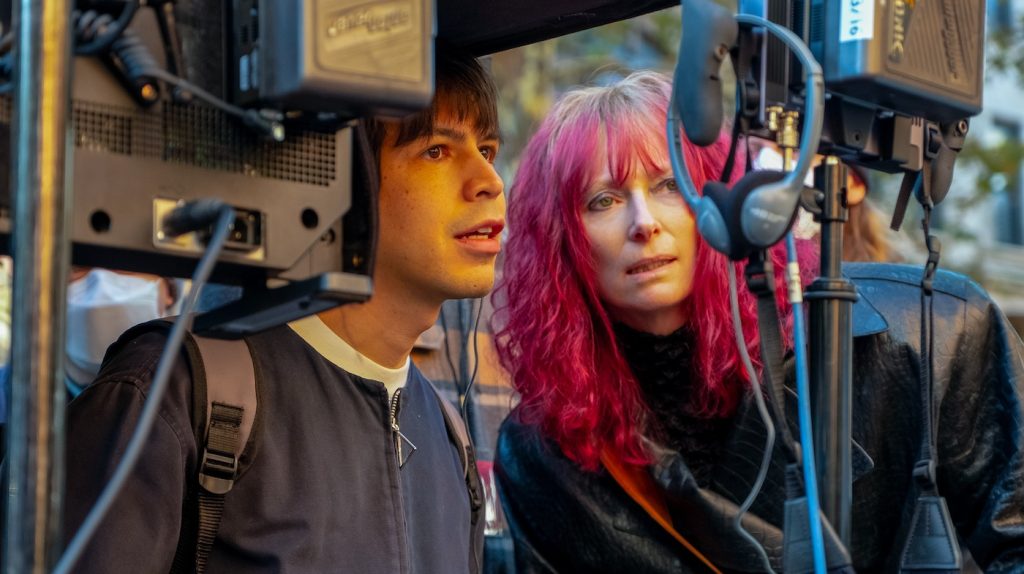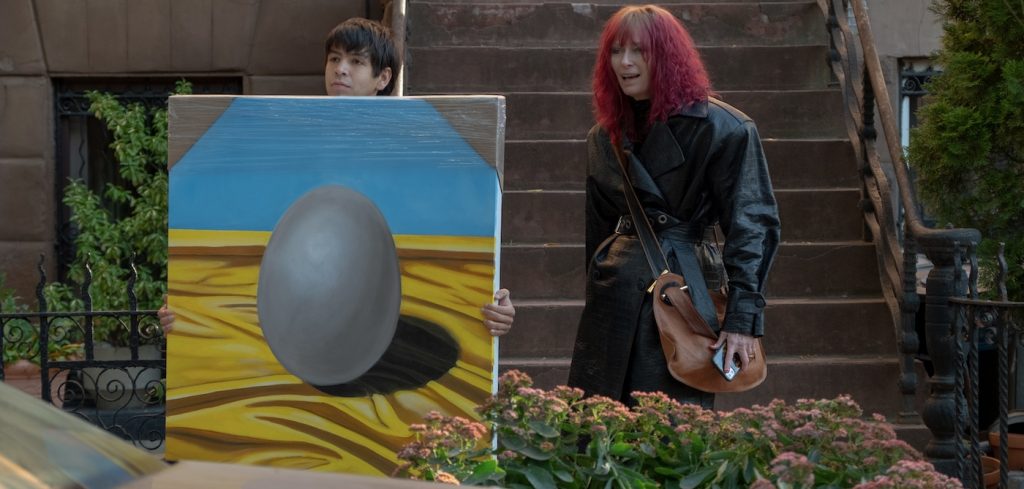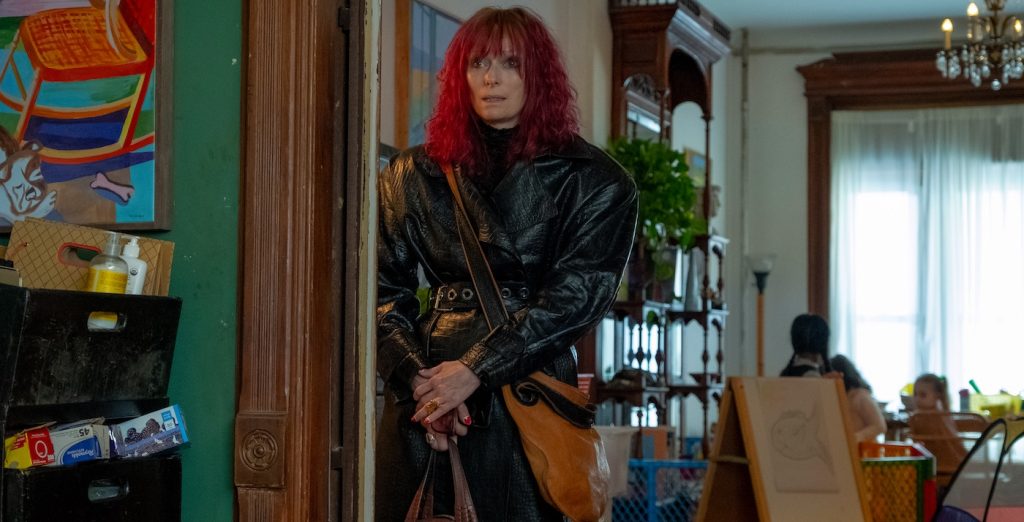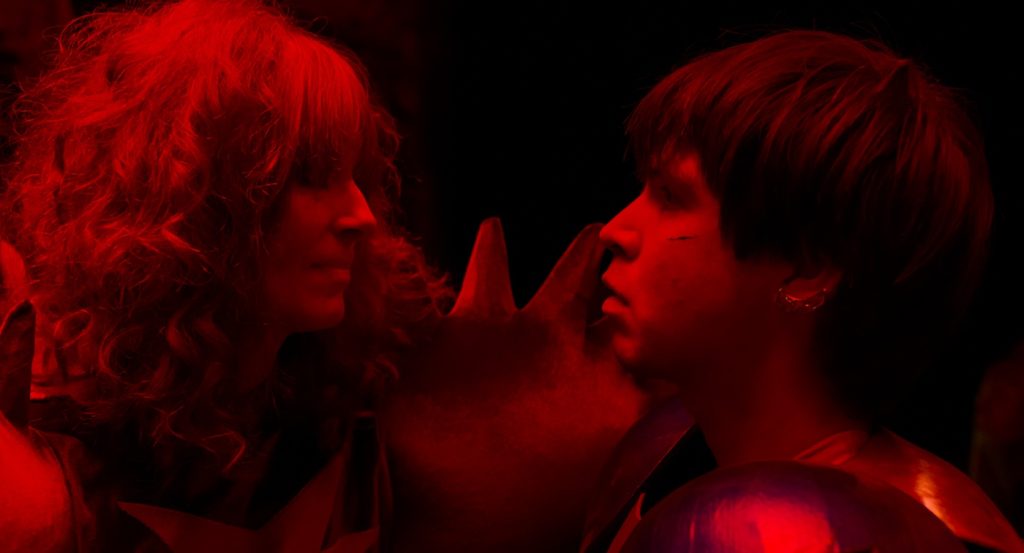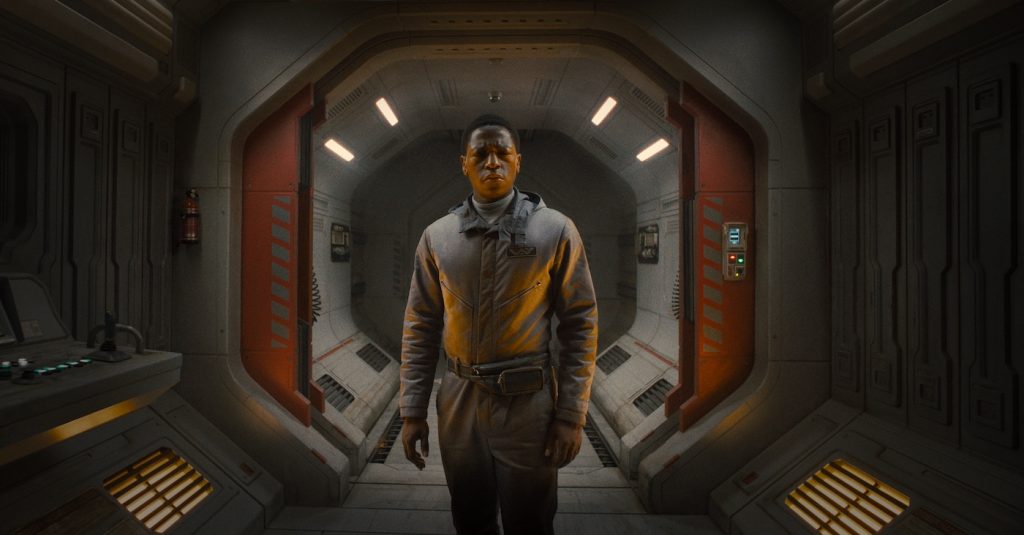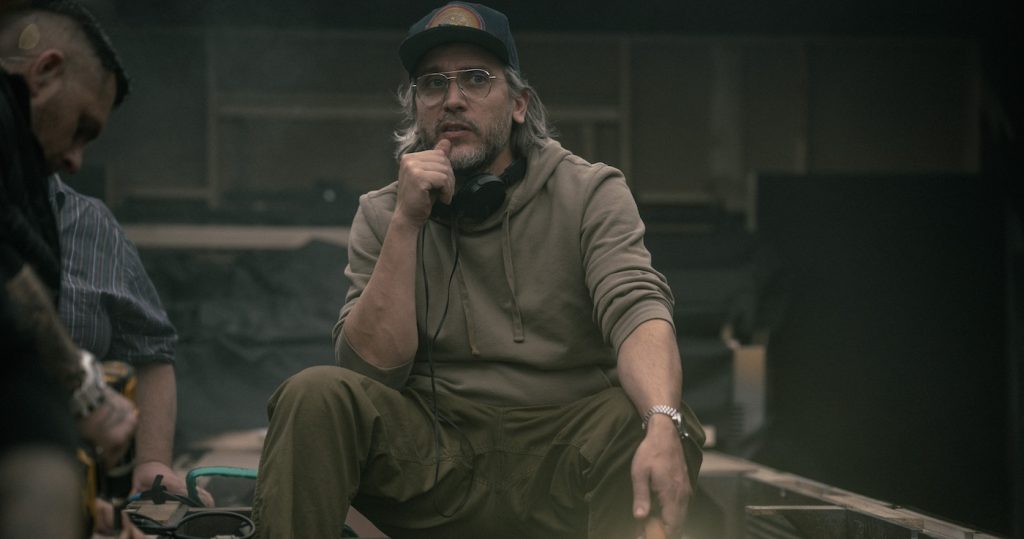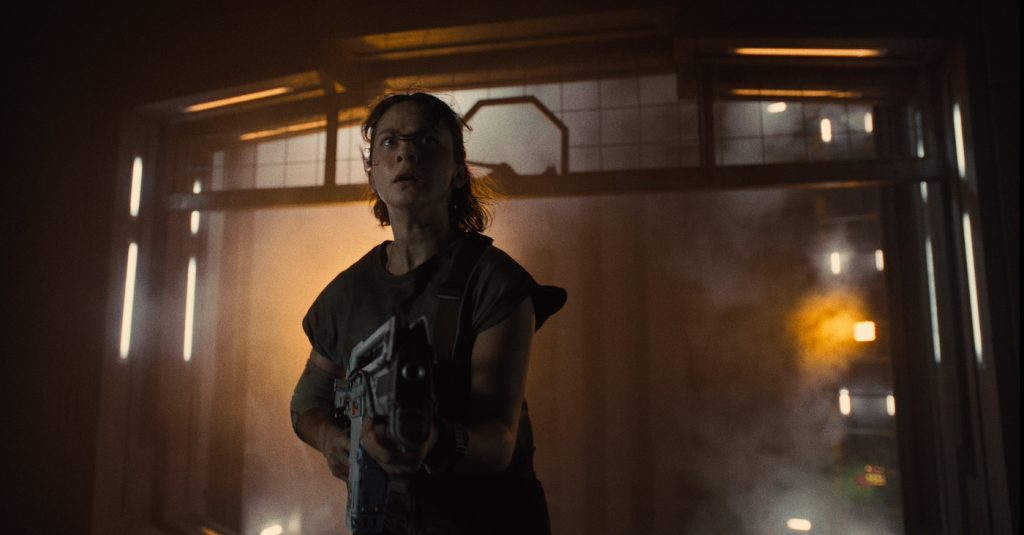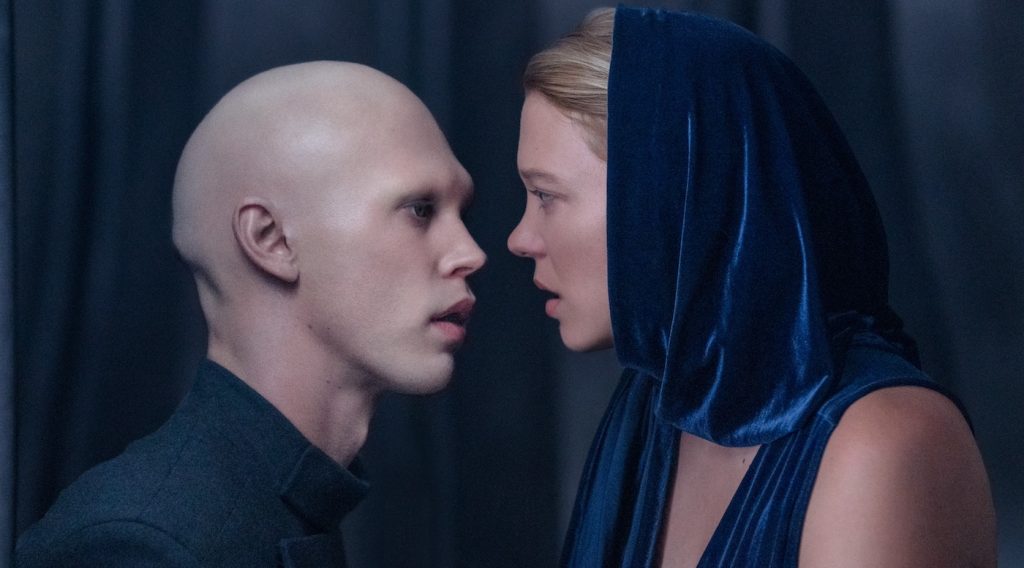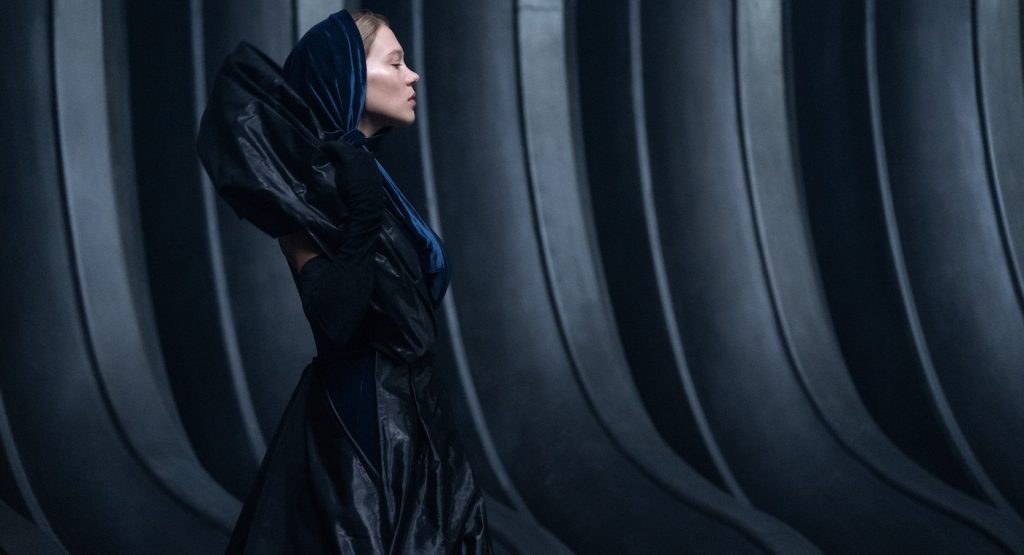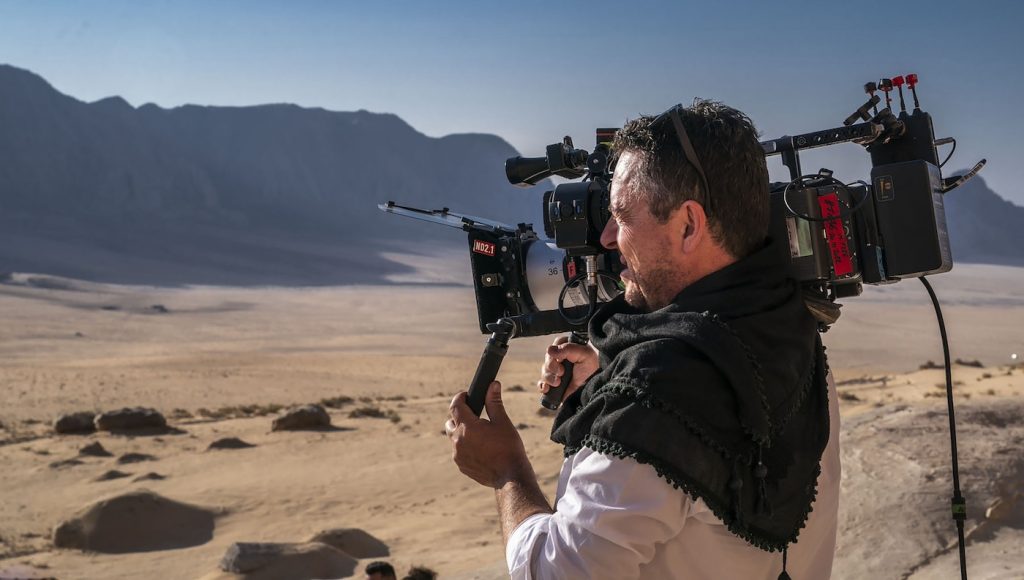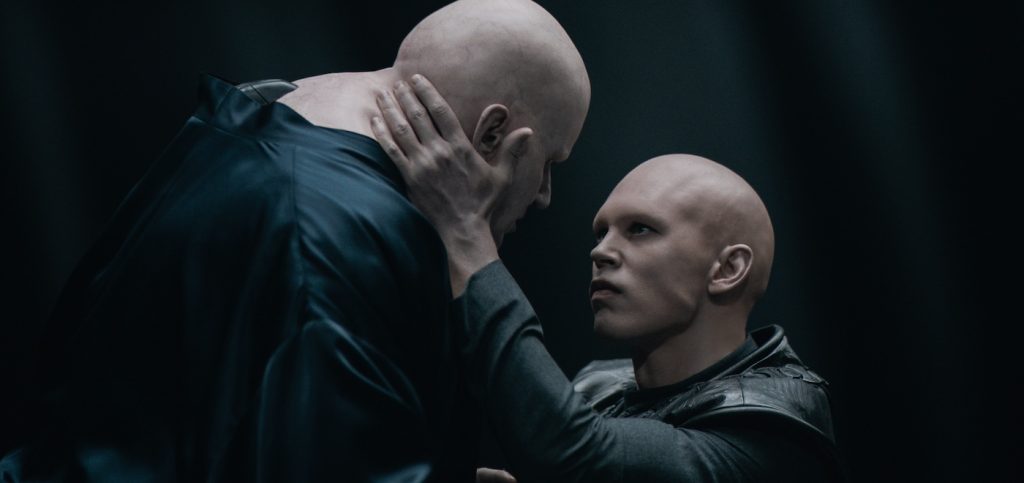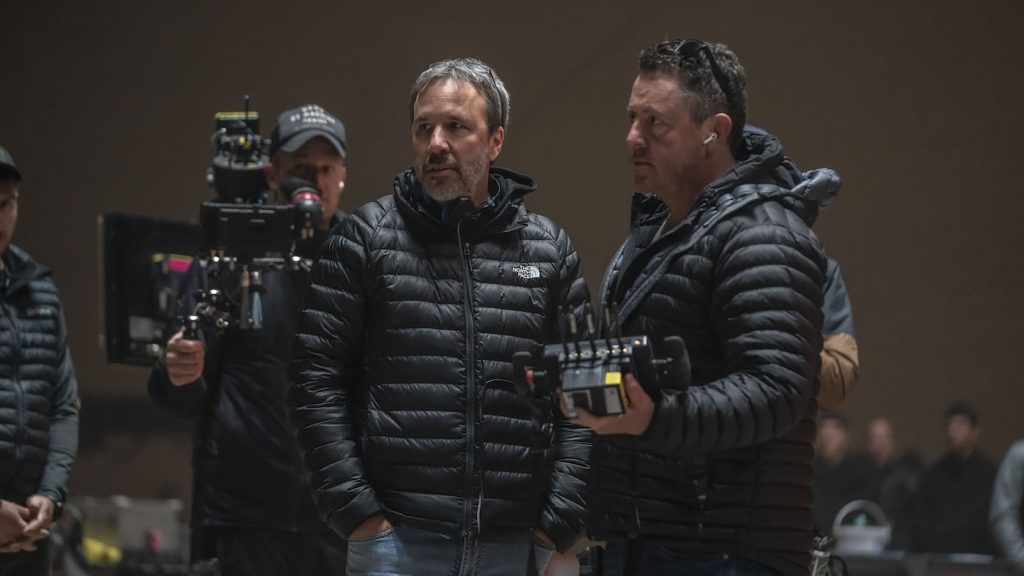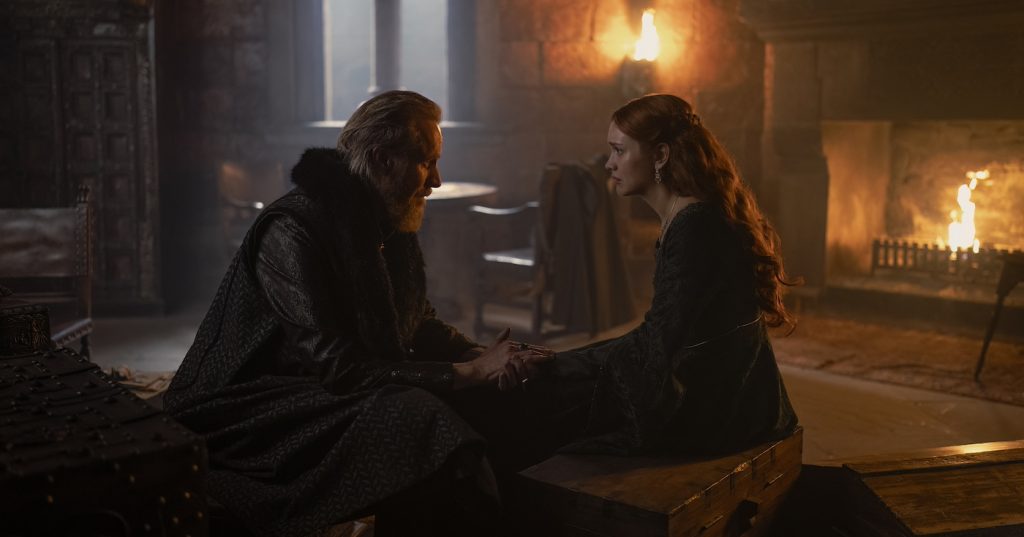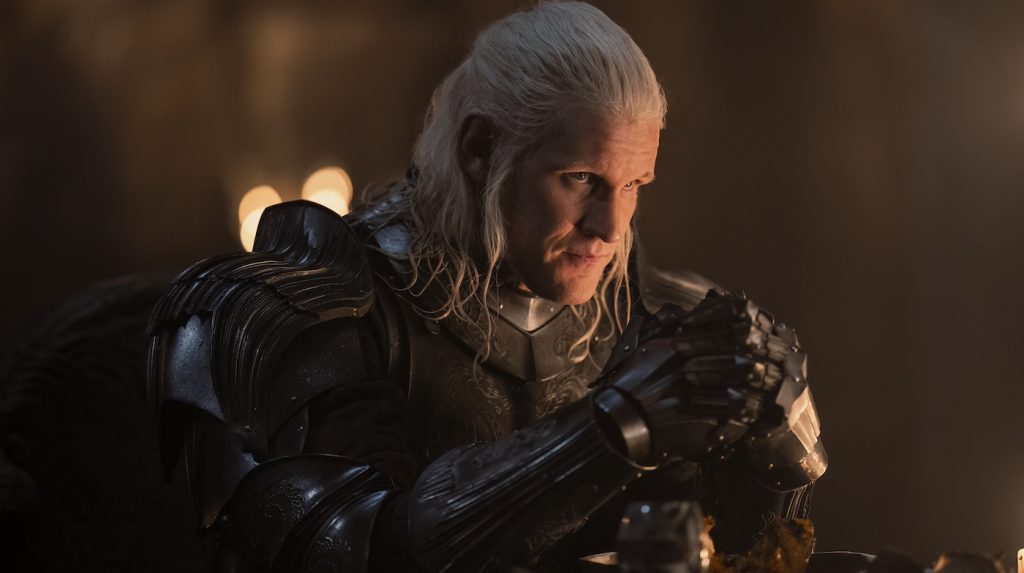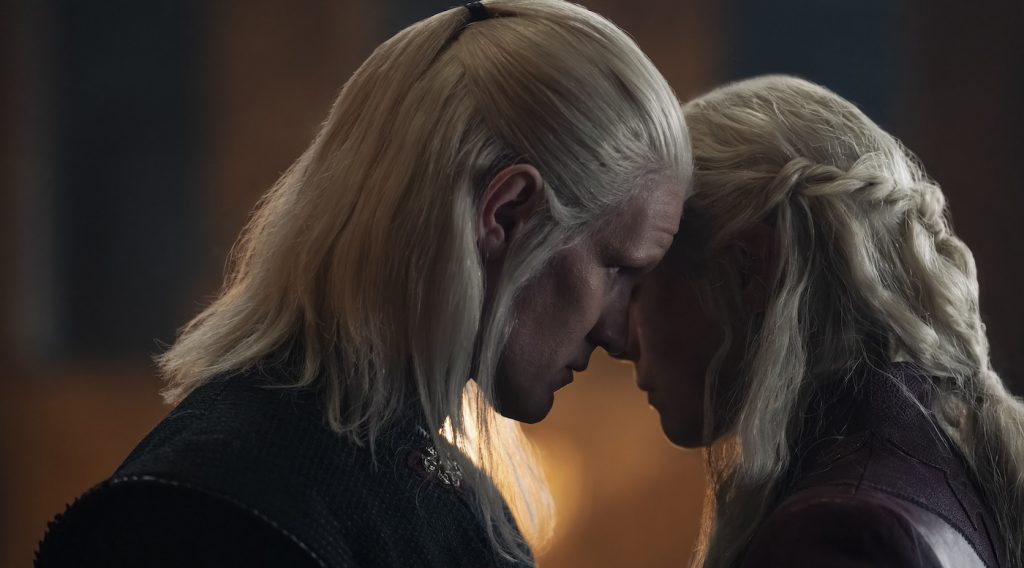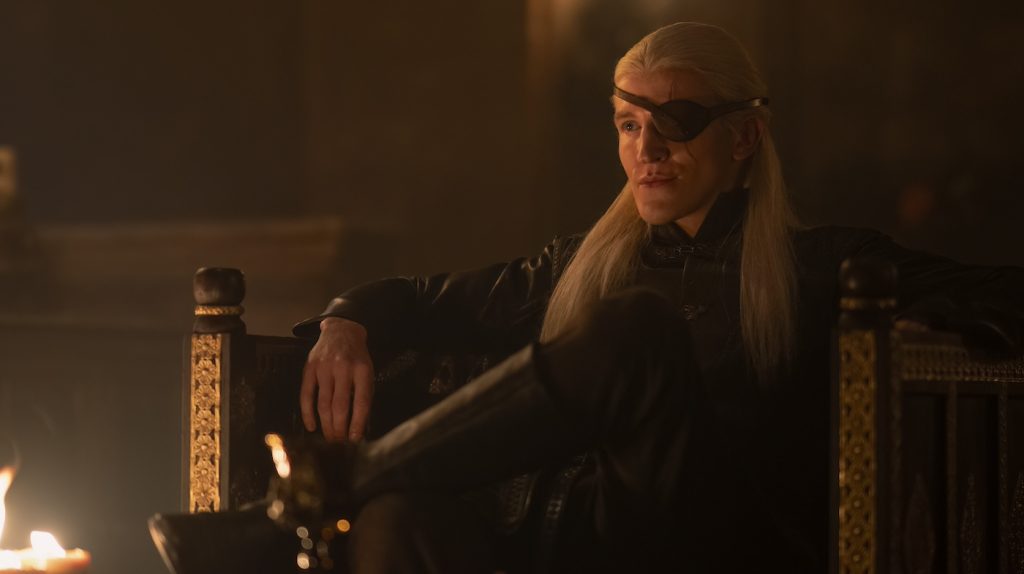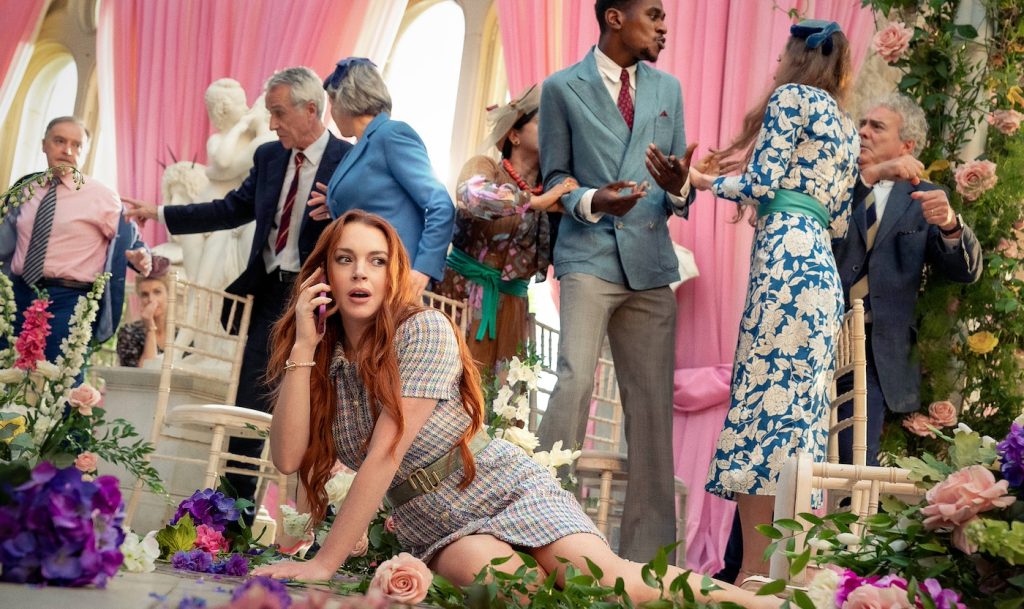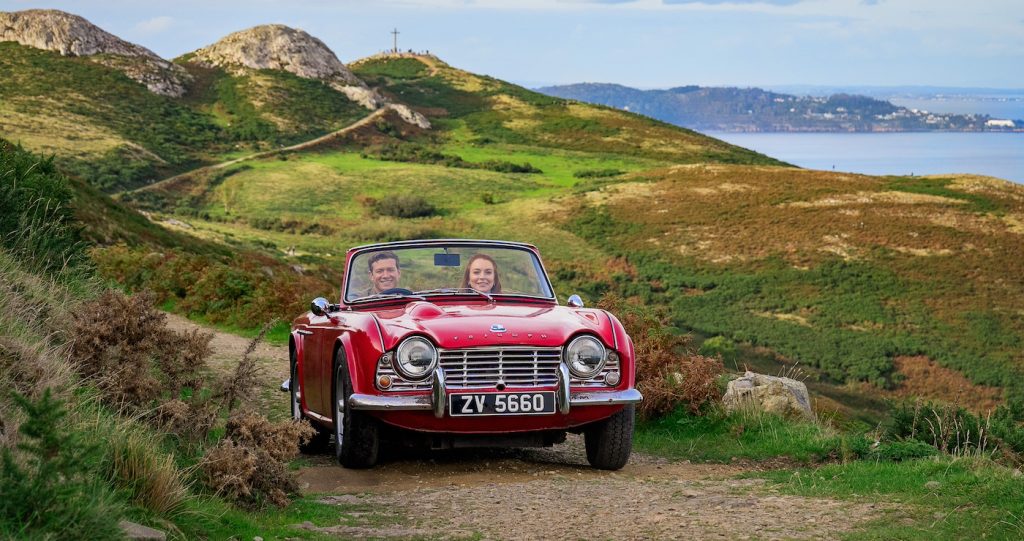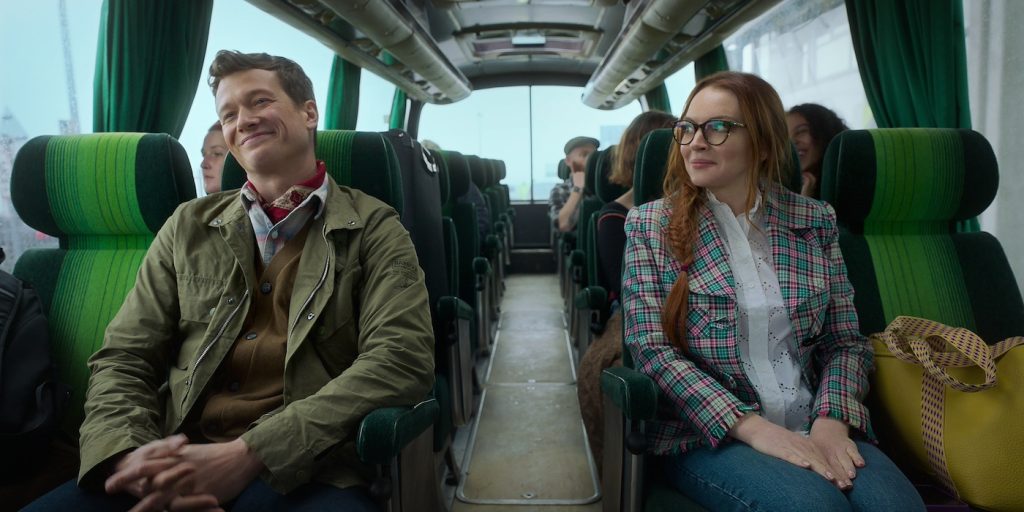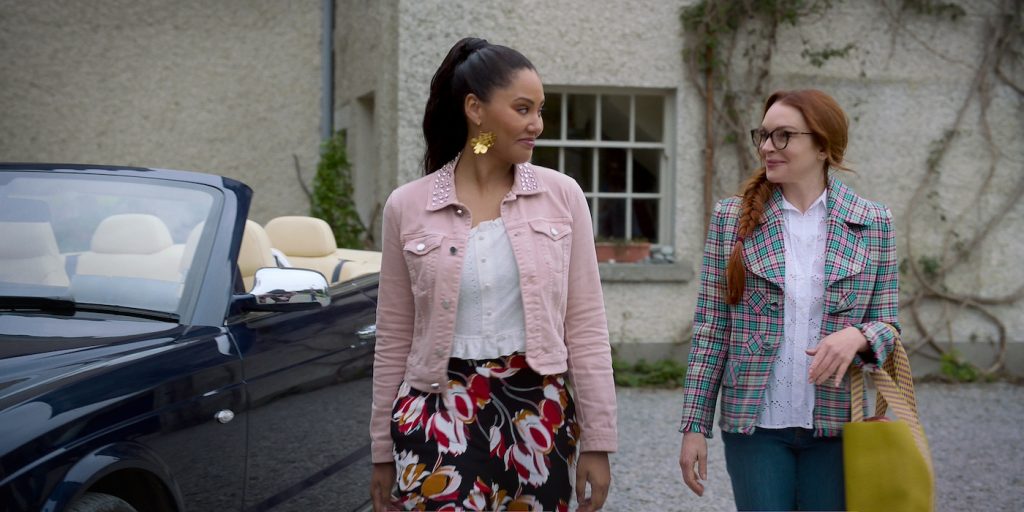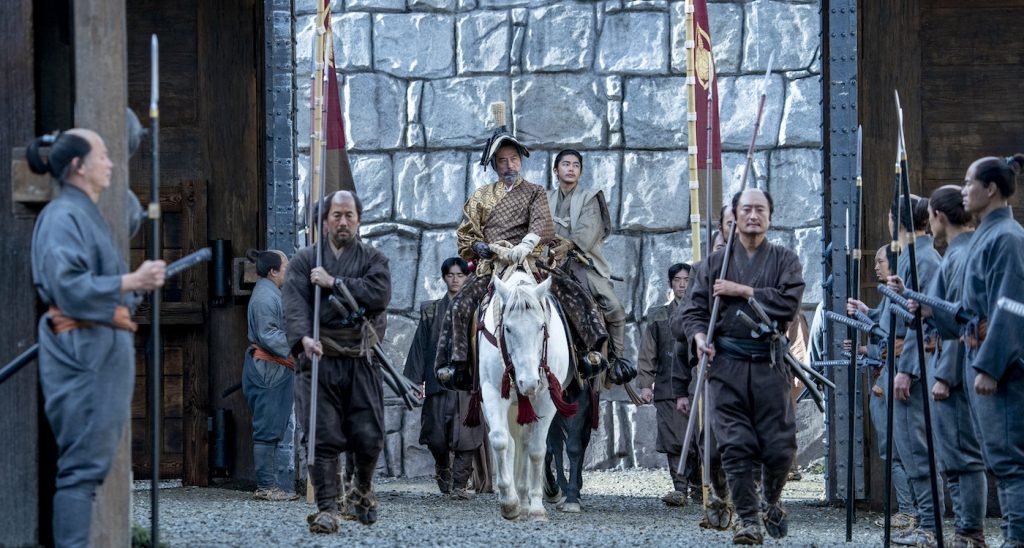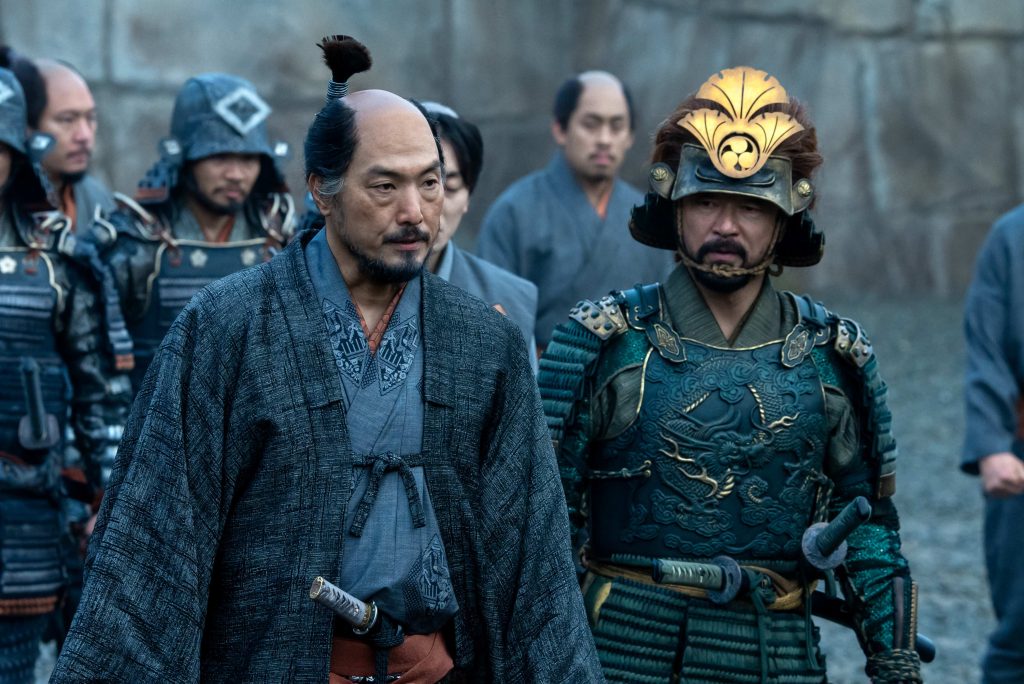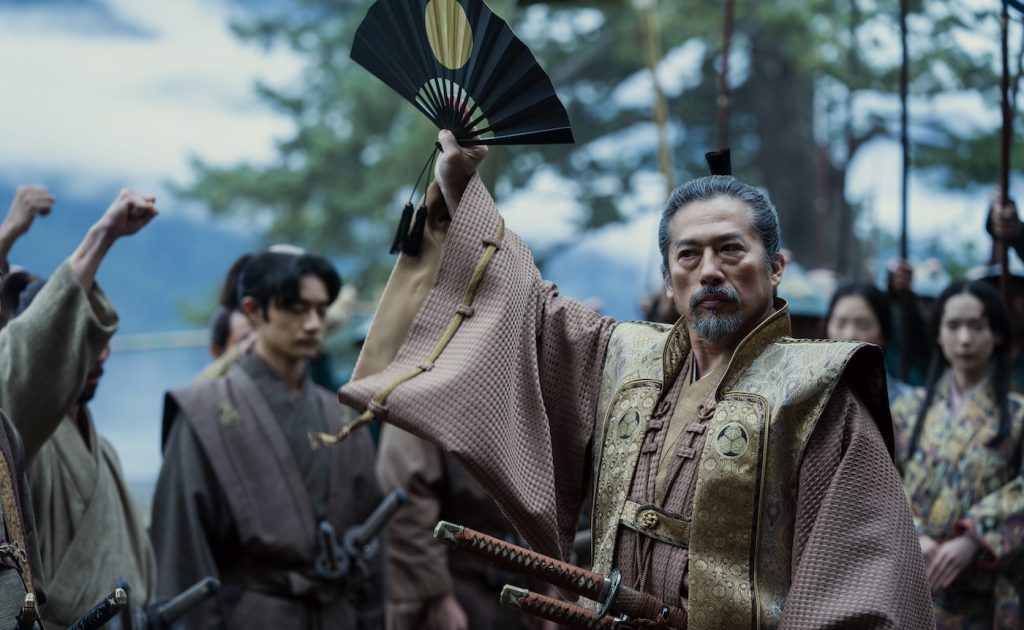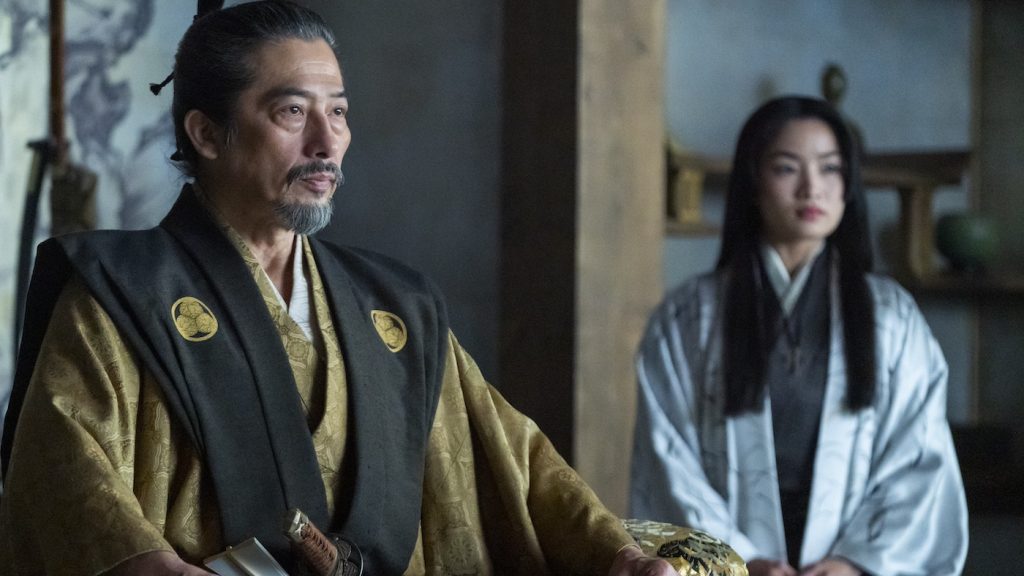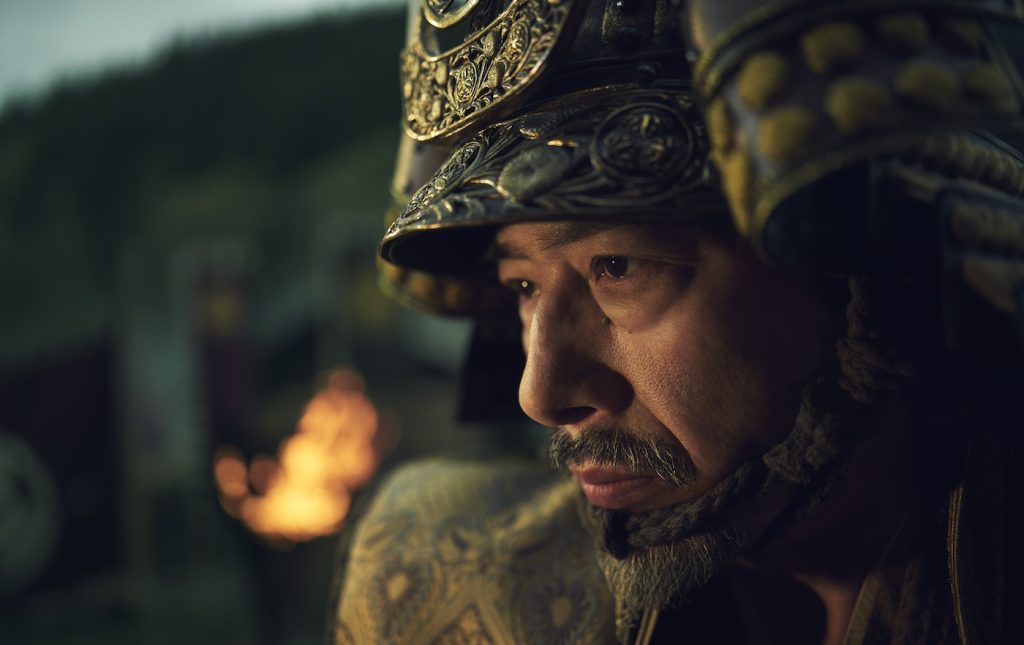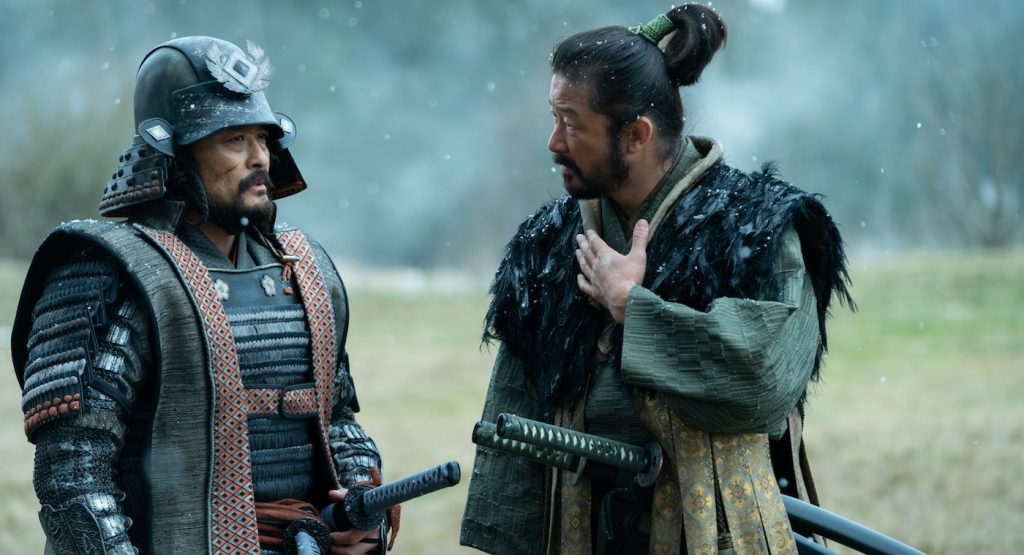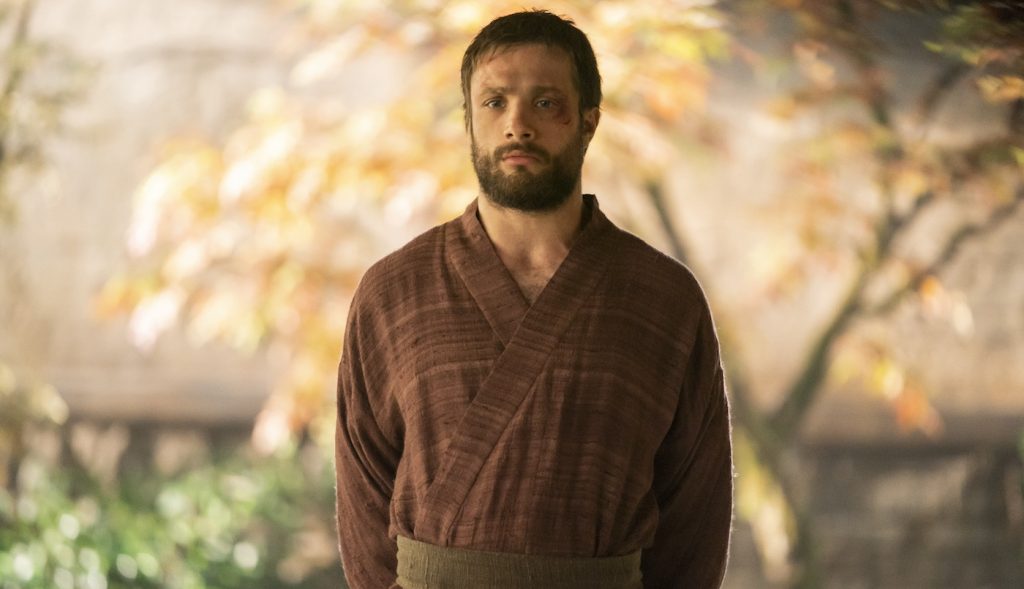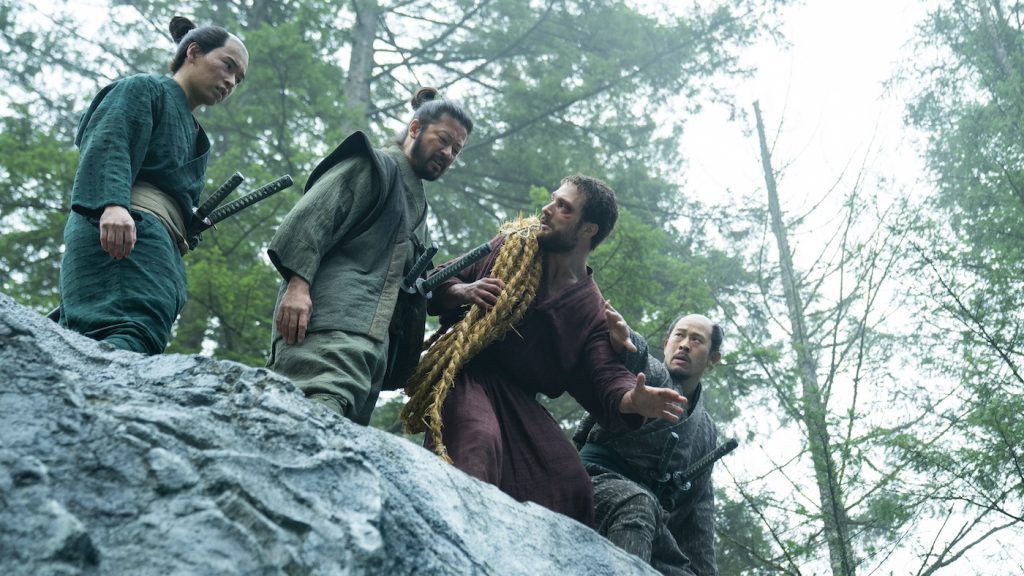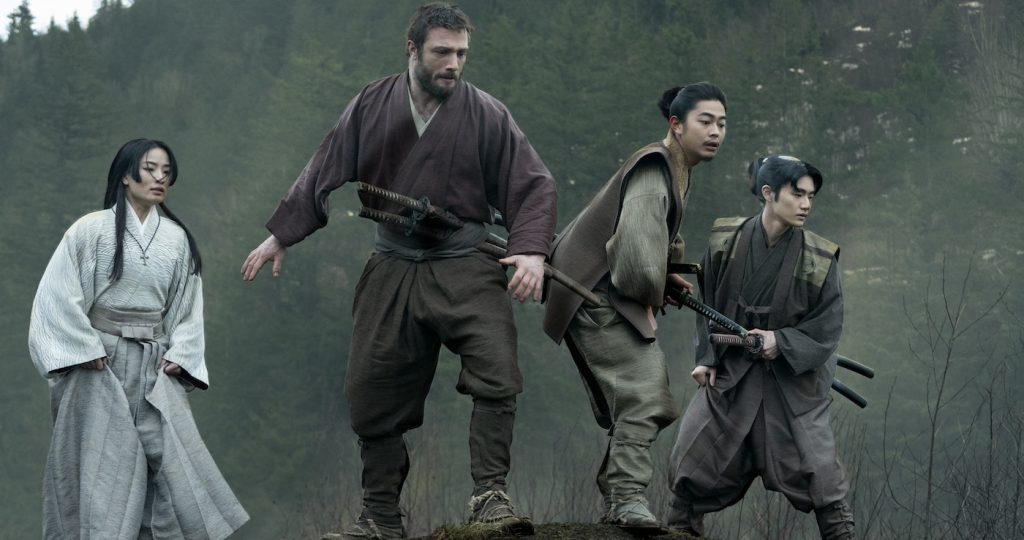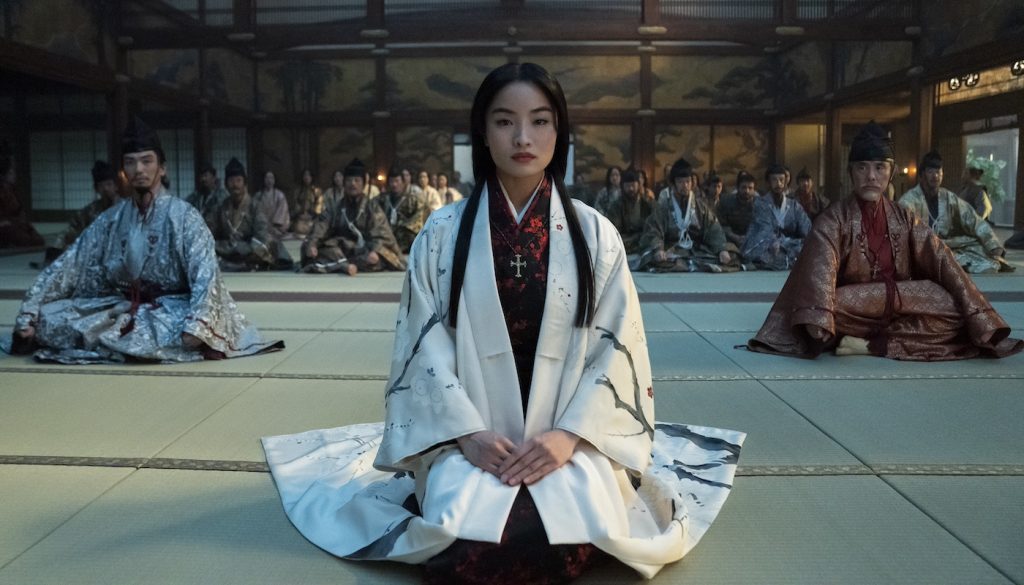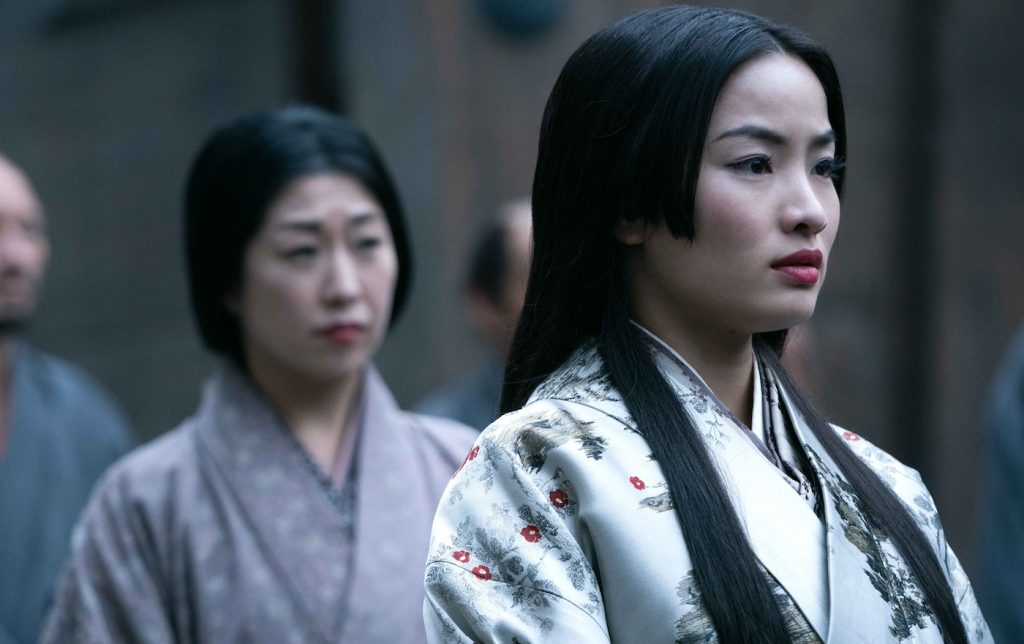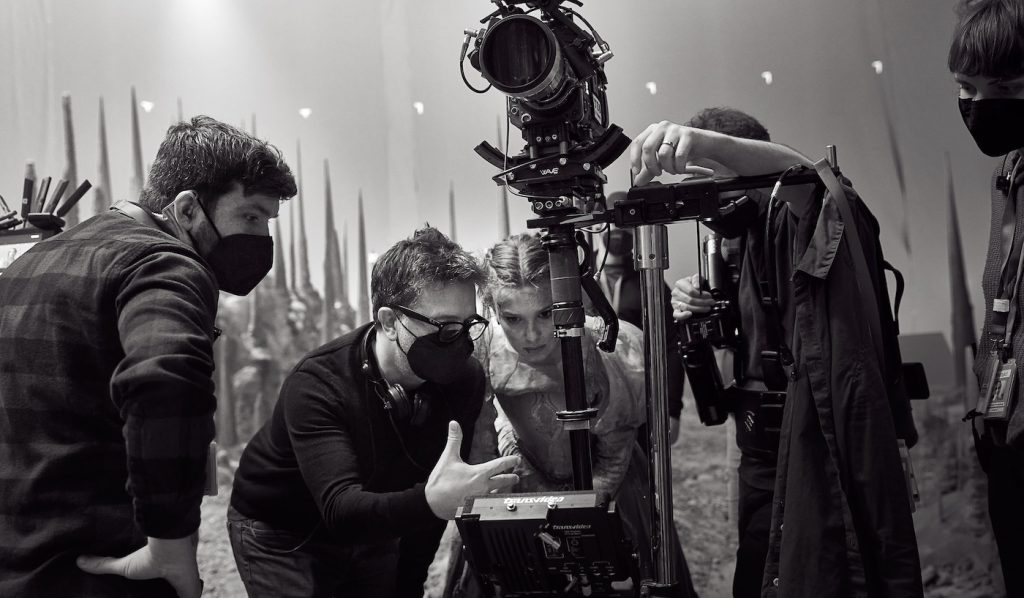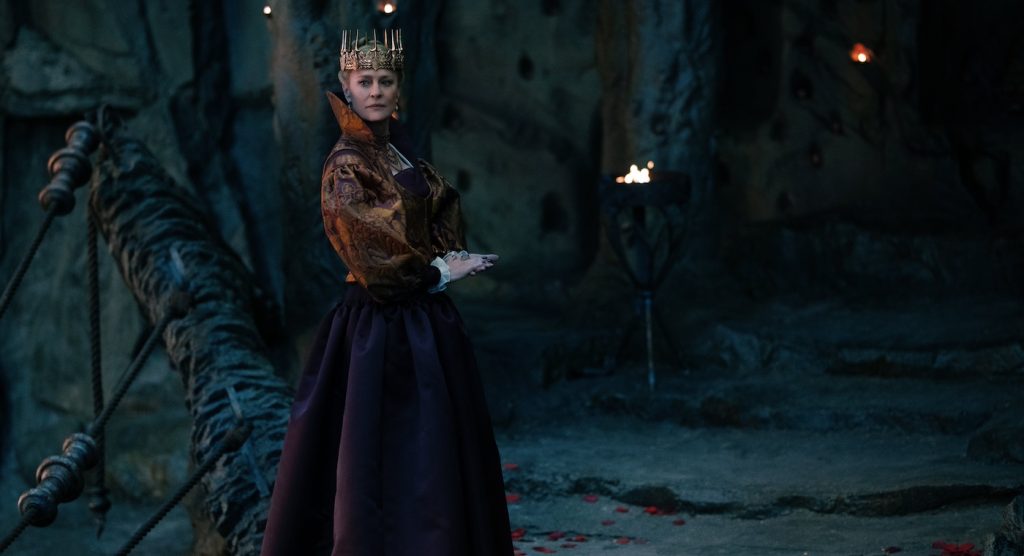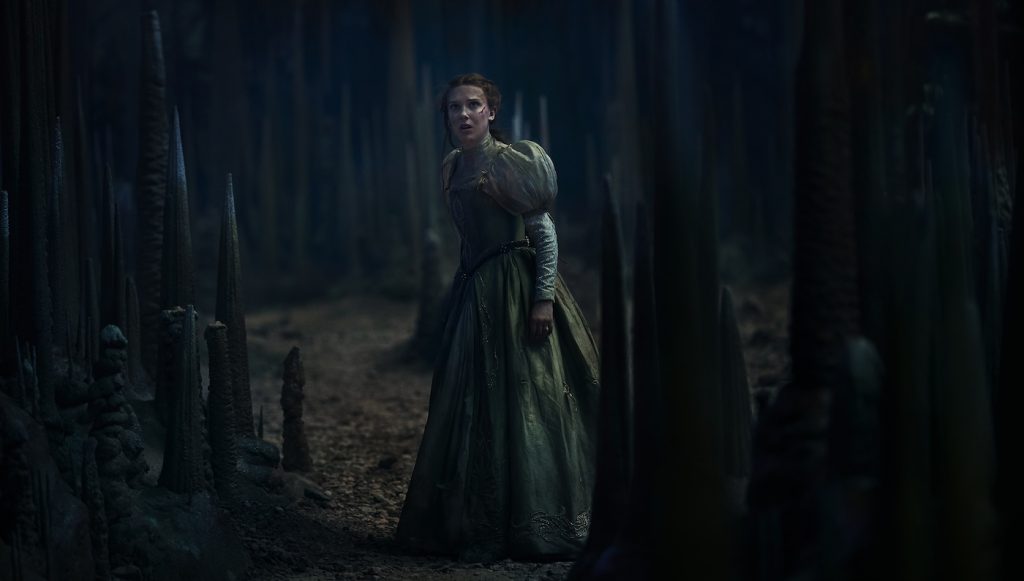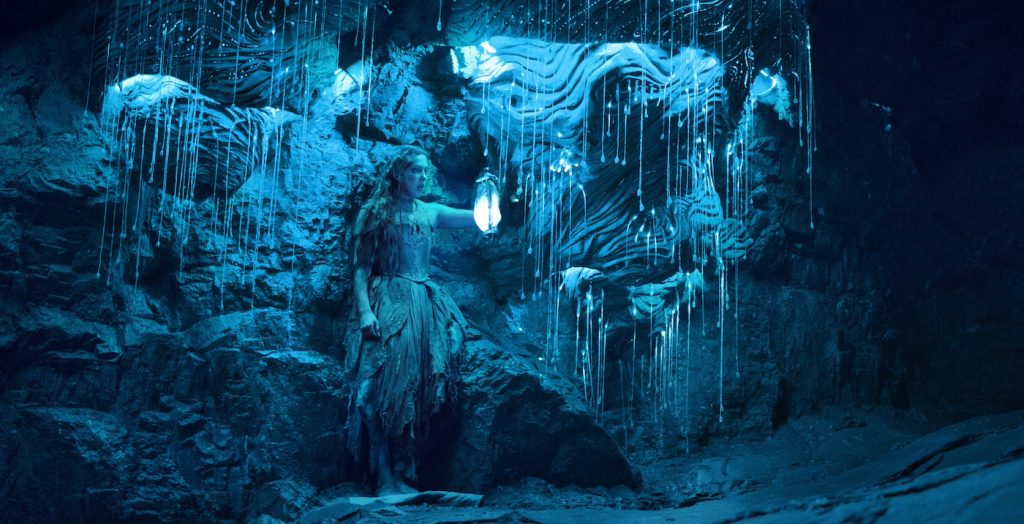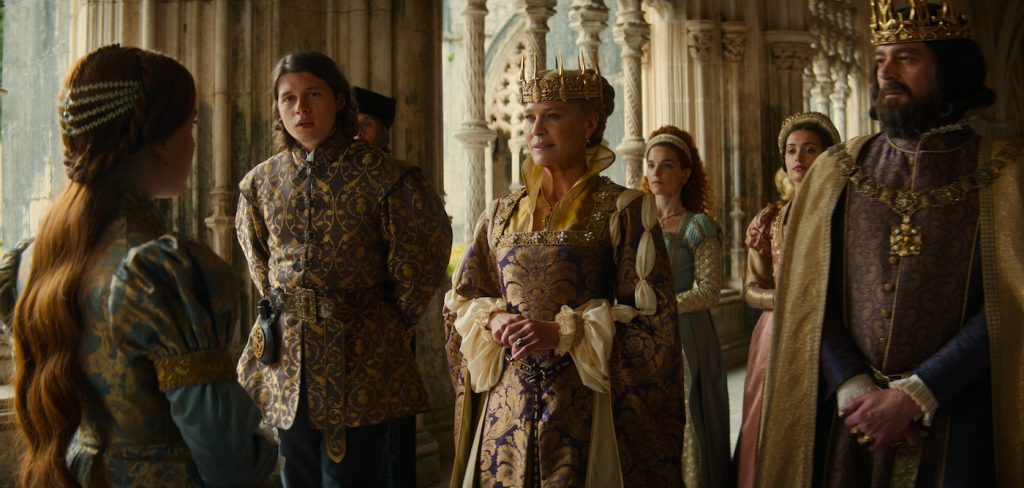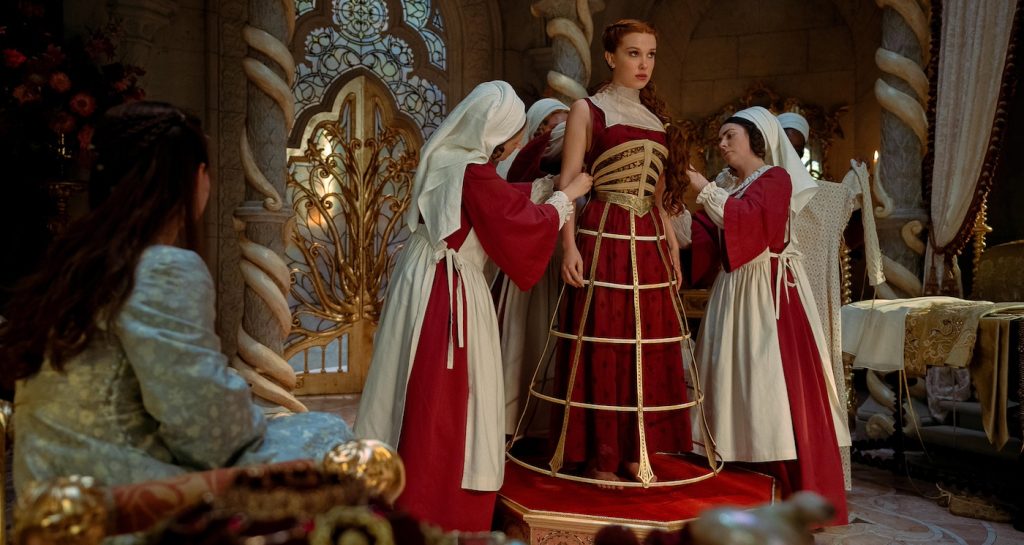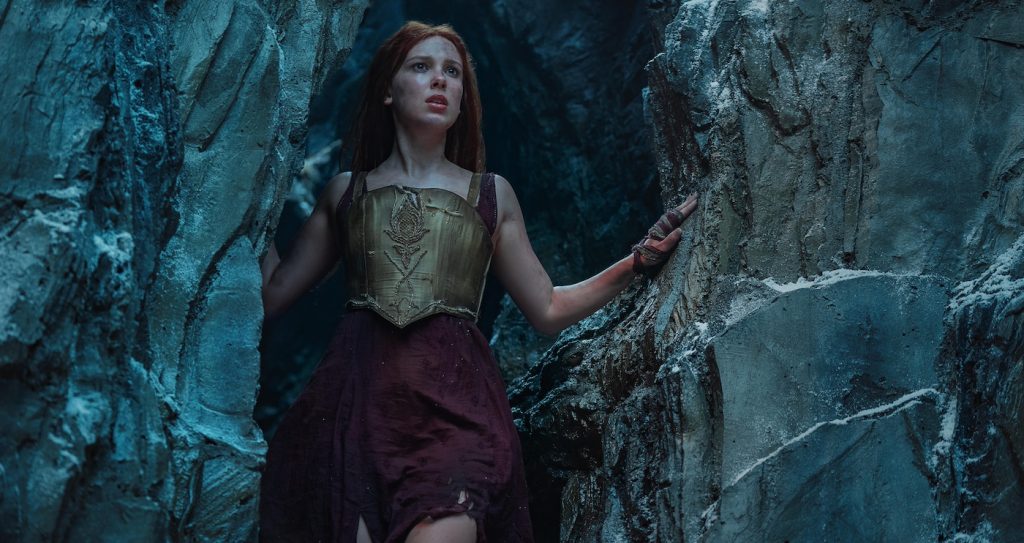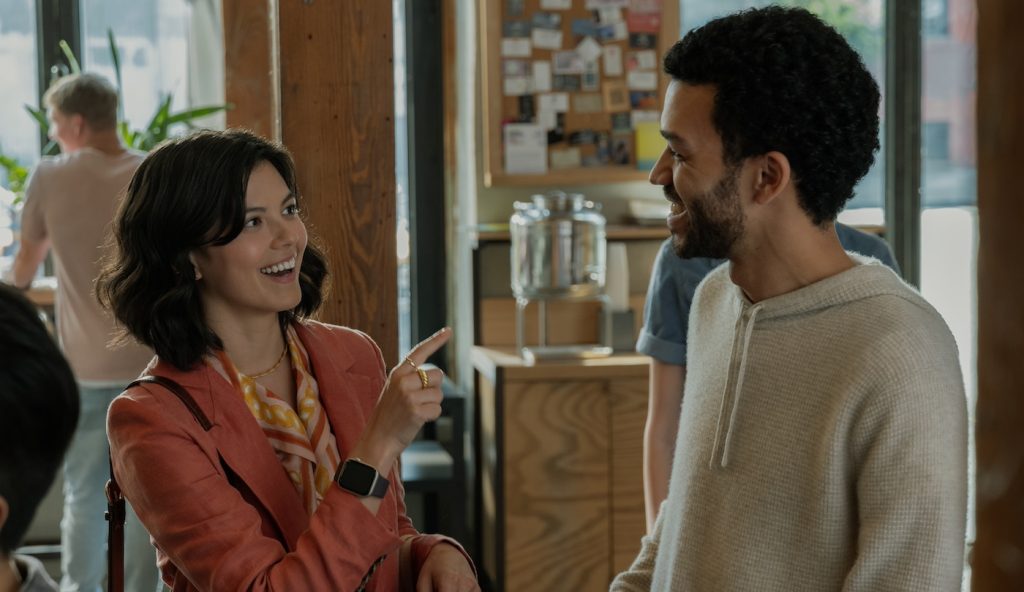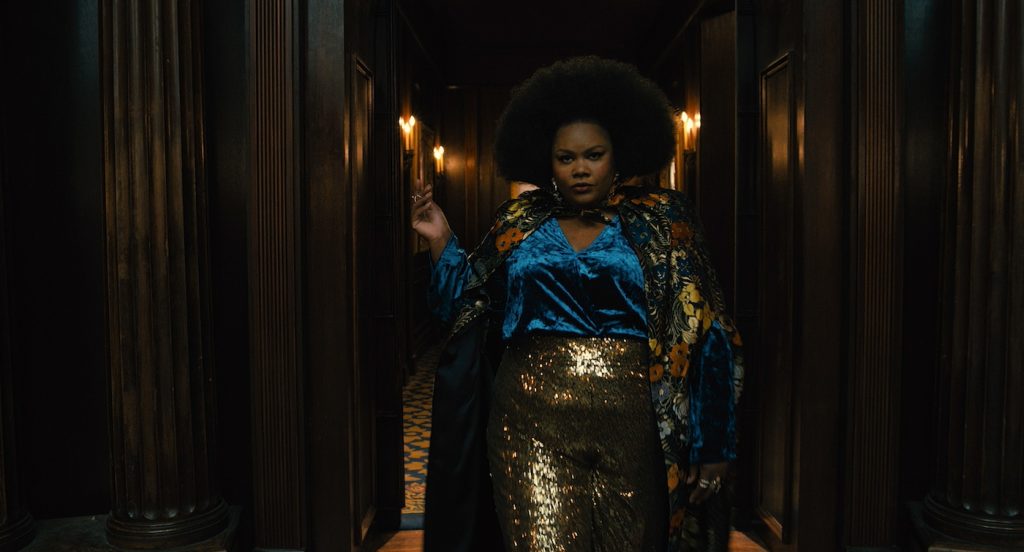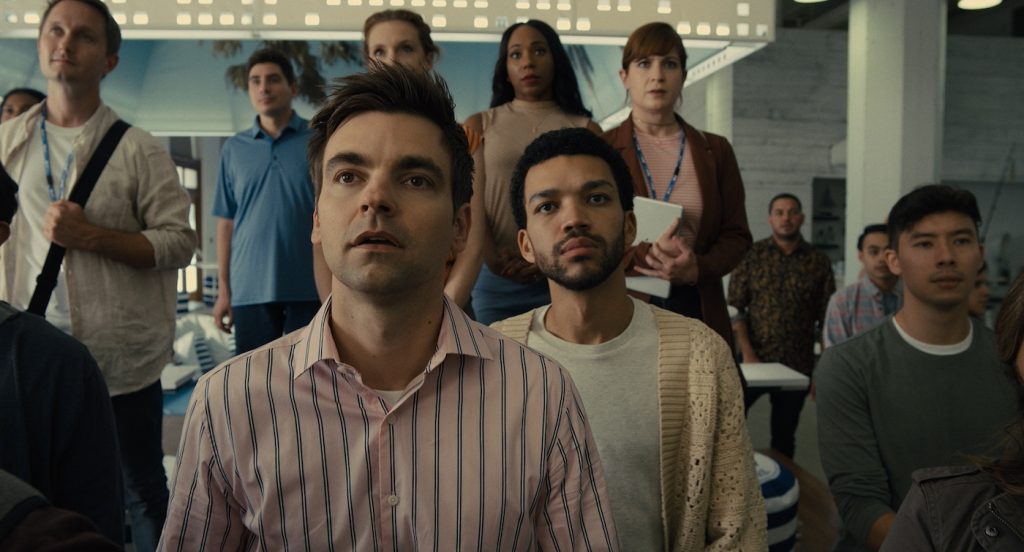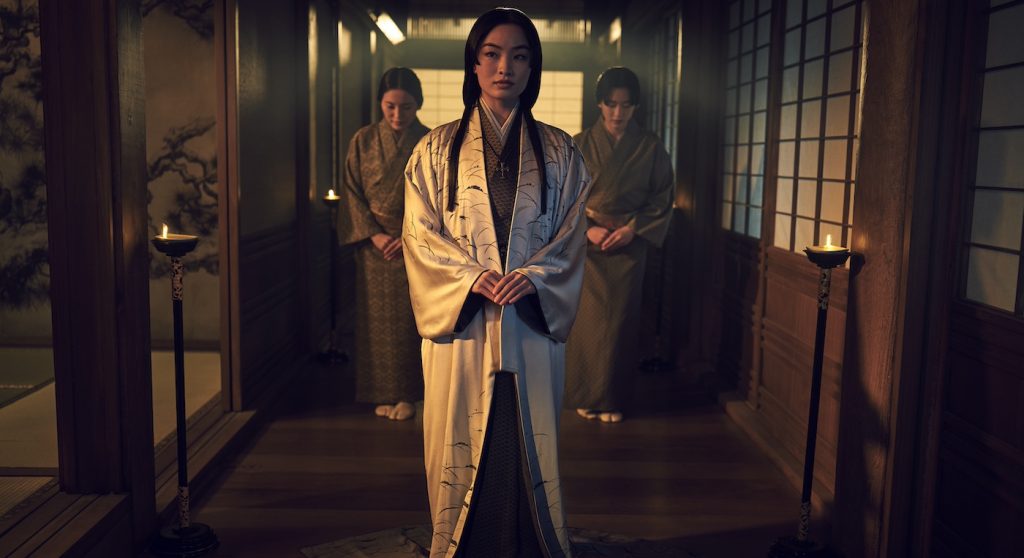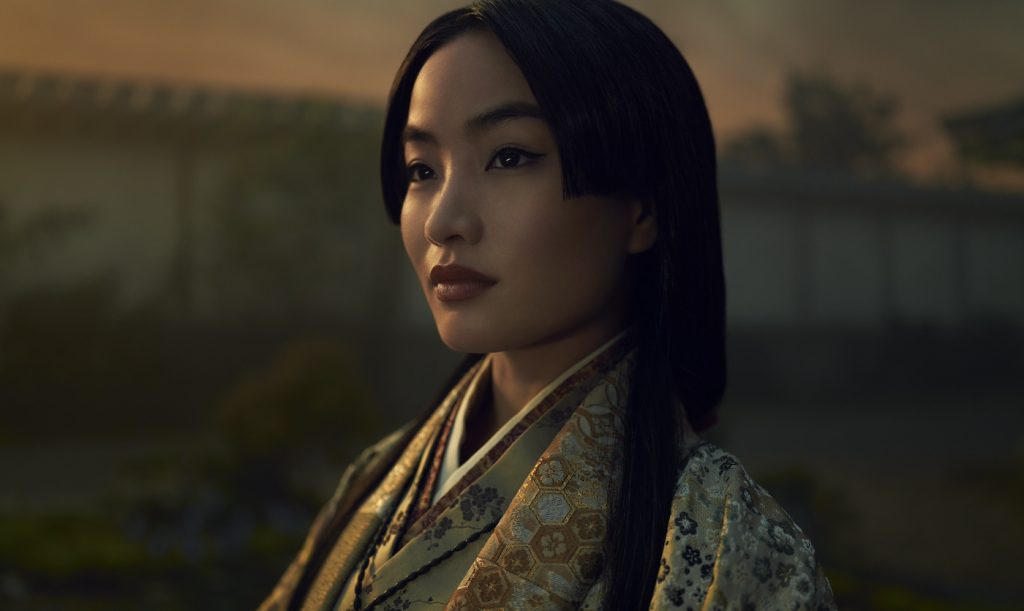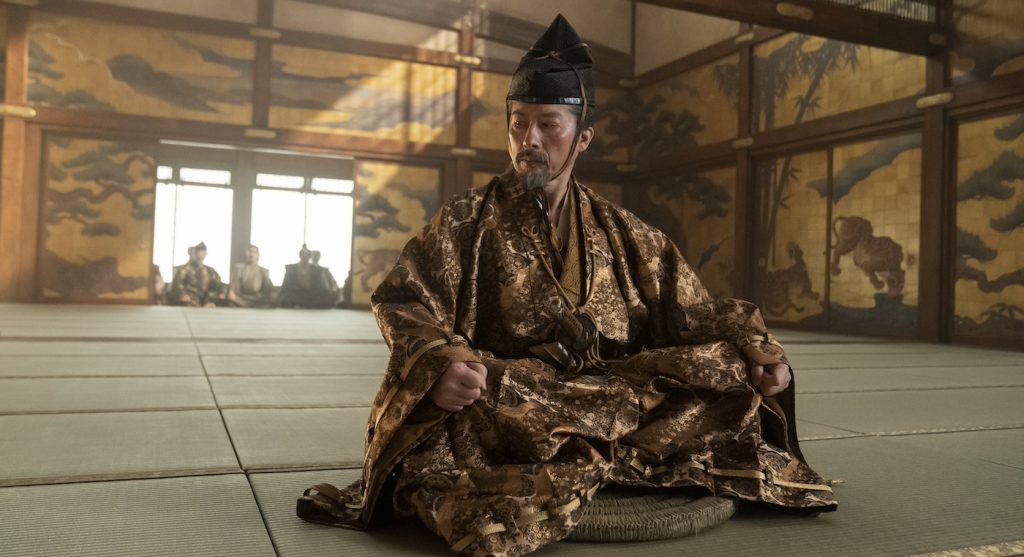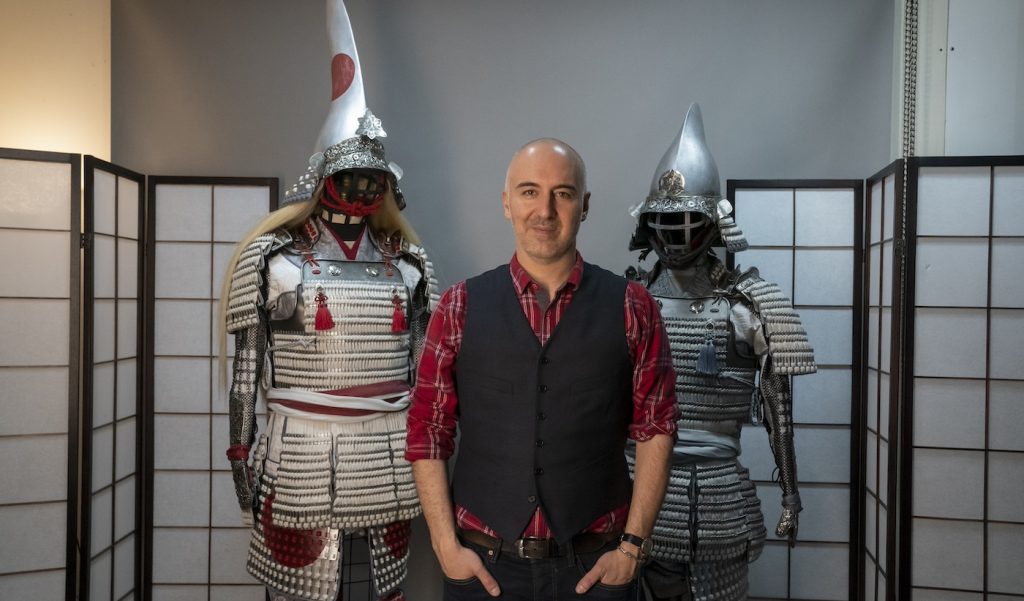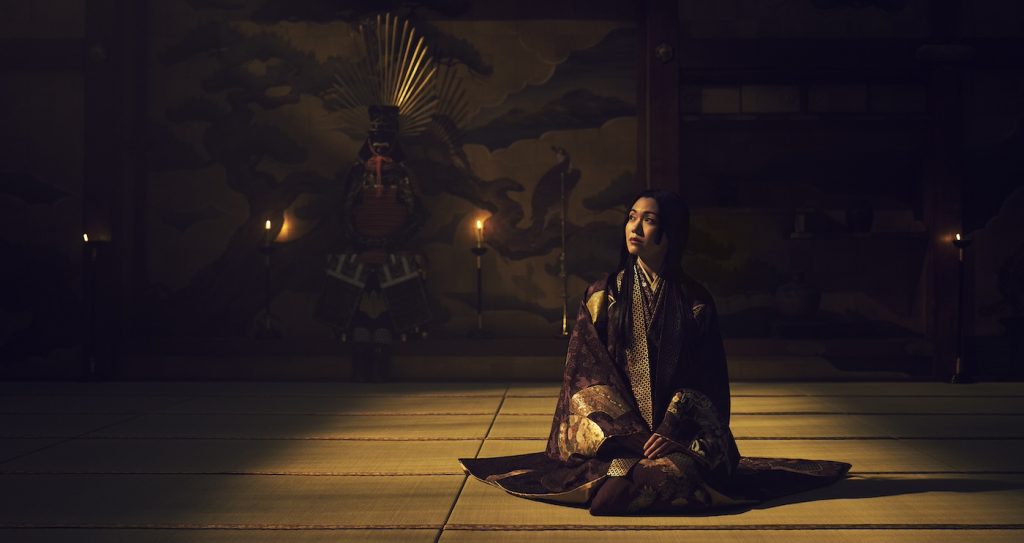Composer Atticus Ross teamed with Trent Reznor over the past 15 years to conjure dread-filled tension in David Fincher thrillers The Social Network, Gone Girl, and The Girl with the Dragon Tattoo before plunging into afterlife limbo with their Oscar-winning score for Soul. But Atticus was on a new journey to the realm of feudal Japan when, in 2021, producer Jamie Wheeler approached him about scoring Shōgun in collaboration with his younger brother Leo Ross and longtime engineer Nick Chuba. Set in 1590, the ten-episode Shōgun (streaming Tuesdays through April 23 on FX / Hulu) chronicles a power struggle between Lord Toranaga (producer/actor Hiroyuki Sanada) and his rivals. Leo Ross says, “We tried to make music that was not ancient but also not modern, not eastern and not western — just Shōgun.”
Speaking from their studios in Los Angeles, the Ross brothers and Chuba describe their creative back and forth with showrunner Justin Marks, explain their high-tech take on ancient gagaku instrumentation, and reveal how musical rubber bands came to define one villain’s theme.
Your music for Shōgun sounds epic and foreboding, as befits the tone of this historic saga. How did you arrive at the sound?
Atticus: After the producers gave us the script, they came back from shooting footage and said, “We all feel that it needs to be epic, and we think it should be an orchestra.” And we were like, we don’t think it should be an orchestra. But we think we can establish the scale of an orchestra with a more unique language that speaks directly to Shōgun and its world.
The score is filled with passages where it’s hard to tell exactly what instrument is being played.
Leo: I’m glad to hear people say, “What is this sound?” It’s a smear or a whoosh. We wanted the audience to feel a sense of wonder and unease in this land that [English pirate John Blackthorne] didn’t really believe existed.
Atticus: This was a very long, thought-out process.
But you guys did draw on the ancient tradition of Japanese gagaku ensembles, right?
Leo: When we got the Shōgun project, we started to investigate recording period Japanese instruments. The goal being not to create traditional Japanese music but to provide ourselves with the raw material that we could then process [in order] to bring the music into this zone of unease. We did a lot of research and, long story short, we found [Japanese musician] Taro Oshiro, who became our arranger and facilitator of finding many incredible Japanese players.
How did you treat these gagaku performances from Taro’s team?
Nick: They have a lot of [musical] phrases that we would manipulate in the computer so we could develop our own language to build the score.
Can you give an example of how you’d manipulate acoustic music from Japan?
Nick: One sound we used a lot is this reed instrument called the hichiriki. We’d record Japanese musicians playing a bunch of their phrases and run them into the computer through effects – delays, reverb, and stuff. Then we’d re-record that as audio with all the effects, put it into a sampler and map it out across the keyboard that you might play two octaves lower. So rather than a synthesizer with an oscillator generating a tone, the tone is now this hichiriki that’s been completely messed with and re-played.
Atticus: We had Taro traveling all around Japan, finding the right musicians. The music does sound very big, but this wasn’t like some studio production with hundreds of people you’d get at a scoring session. Nick is sitting in my studio right now, Leo’s in his studio—this was a very home-made, DIY score.
Leo: A lot of it happened on Zoom, similar to this. Taro would be in his studio in Japan with three or four musicians and with his mum, because Taro couldn’t speak that good English, but his mom could.
Atticus: It was a wildly exciting exercise to get these recordings back from Japan. For us, it was important to make something that felt unique and appropriate to this story, but that was also authentic to us as musicians.
Leo: At its core, we wanted the instrumentation to be Japanese, but the goal was never to emphasize the place or the period.
Atticus: But these [gagaku] instruments are specific to that period of time, so we’re acknowledging that history.
Nick: Depending on how deep you want to go into it, gagaku music had once been the imperial court music of Japan, but the emperor had waned in power when this story was happening. Toranaga [Hiroyuki Sanada] acknowledged the emperor by bringing back gagaku music as a popular style. Obviously, we were more drawn to the sound of it, but there was a historical element as well.
Drums play a dramatic role in your score. How did you shape the percussion elements?
Leo: We recorded mainly taiko drums and again did heavy processing and re-sampling. We used the drums more to punctuate moments rather than to have a groove. We had a lot of discussions with the [co] showrunner Justin Marks. Basically, he didn’t like grooves. [laughter]. When characters have a conversation where they’re saying something that’s a big story moment, we’ll “sting” the drums.
Atticus: You could describe this notion of the drums of war coming into every action sequence as a bit of a cliché. The groove conversation was essentially Justin saying, “I don’t want to do what everyone else does.”
Leo: Any sort of violence I’ve been involved in, there wasn’t a groove playing underneath it. [laughter].
Atticus: I’ve been punched in the face a couple of times, and I wasn’t feeling the groove at all when that happened.
Your score is loaded with texture and atmosphere. Did you also create specific themes for different characters?
Atticus: Maybe not in the same sense that you would for Star Wars or something, but there very much are themes.
Leo: In the first couple of episodes, we wanted to establish this zone of “Where the hell are we? What is this sound?” But as the show goes on, themes emerge for many characters. [English pirate] Blackthorne has a theme rooted in the main title. Mariko has a theme, Toranaga has a theme, and Ishodo Kazunari has a theme, which is essentially Toranaga’s theme but played on rubber bands.
Rubber bands! How does that happen?
Leo: I actually did that. I’m the expert rubber band player. Ishodo is kind of a buffoon, the guy who wants to be Toranaga but never will be, so it became a question of “How do we express that?” When you listen to stringed instruments of the gagaku period, they don’t have a lot of sustain. It’s like “bink bink bink.” The rubber band also doesn’t have sustain, so it fits in that world, but also, it sounds a little bit silly.
Atticus: There was an incredible amount of thought that went into this music because the needle we were trying to thread is a difficult one. But just hearing the way Justin and [co-creator] Rachel [Kondo] talked about the show, the level of detail in the costumes and the sets, seeing the footage for the first time, which was definitely a wow moment — we knew Shōgun was something special. That required something similar in the music.
Circling back to the Japanese inspirations that found their way into your score, what piece of music affected you the most when you first heard it?
Nick: When the singing monks came in, I listened to them on a loop with my eyes closed.
For more on Shōgun, check out these stories:
The Sartorial Feast of Feudal Japan with “Shōgun” Costume Designer Carlos Rosario: Part One
The Sartorial Feast of Feudal Japan with “Shōgun” Costume Designer Carlos Rosario – Part Two
Featured image: “SHŌGUN” — Pictured: Yuka Kouri as Kiku. CR: Kurt Iswarienko/FX


